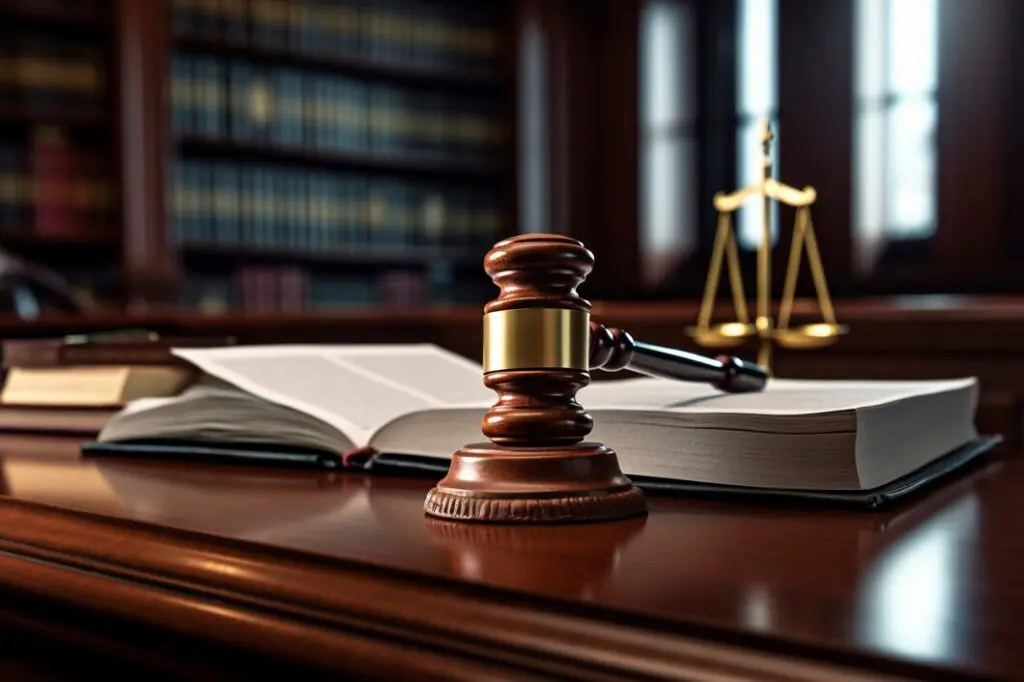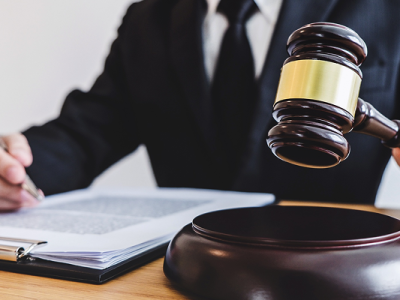
In family law, the concepts of guardianship and child custody are frequently discussed, often interchangeably.
However, they represent distinct legal arrangements that dictate the care and responsibility for minors in different contexts. Understanding the nuances between guardianship and child custody is essential, as they can have significant implications for both the child and the adults involved.
In this article, we delve into the intricacies of guardianship versus child custody, exploring their definitions, legal frameworks, and considerations for navigating these arrangements.
Defining Guardianship and Child Custody

Child custody & guardianship both pertain to the care and well-being of minors but serve different purposes and operate under distinct legal frameworks.
Guardianship
Guardianship refers to the legal relationship in which an individual (the guardian) is appointed by a court to care for and make decisions on behalf of a minor child. This is typically established when a child’s parents are unable to fulfill their parental responsibilities due to incapacity, death, or other circumstances that render them unfit or unavailable.
Guardianship grants the guardian authority over various aspects of the kid’s life, including education, healthcare, finances, and day-to-day care. Depending on the specific circumstances, guardianship may be temporary or permanent.
Temporary guardianship may be granted in emergency situations or during periods when parents are temporarily unable to care for their children, such as military deployment or hospitalization. Permanent guardianship, on the other hand, may be established when parental rights are terminated, or the parents are deemed unfit to care for the child in the long term.
Child Custody
Child custody refers to the legal right and responsibility to make decisions about a child’s upbringing and welfare, as well as the physical care and supervision of their child. In the context of divorce or separation, child custody determinations are made to address the ongoing care of minor children.
Child custody arrangements typically involve two primary components:
- Legal custody: Legal custody grants a parent or guardian the authority to make important decisions about the upbringing of the child including matters related to education, healthcare, religion, and other significant life choices. Legal custody can be awarded solely to one parent (sole legal custody) or shared between both parents (joint legal custody).
- Physical custody: Physical custody refers to where the child resides and the day-to-day care provided by a parent or guardian. Physical custody arrangements may vary, ranging from sole physical custody (where the child primarily resides with one parent) to joint physical custody (where the child spends significant time with both parents).
Navigating The Legal Framework:
The legal frameworks governing guardianship and child custody vary by jurisdiction and are subject to specific laws, regulations, and court procedures. Navigating these legal processes can be complex, requiring careful consideration of various factors and adherence to legal requirements.
Guardianship Proceedings
Guardianship proceedings typically involve a formal legal process initiated through the court system. The process may vary depending on the jurisdiction but generally involves the following steps:
- Petition: An individual seeking guardianship must file a petition with the appropriate court. Providing information about the child, the proposed guardian, and the reasons for seeking guardianship.
- Notice: Depending on the jurisdiction, interested parties. The child’s parents, relatives, or other relevant parties, may need to be notified of the guardianship proceedings.
- Evaluation: The court may conduct an evaluation to assess the suitability of the proposed guardian and the necessity of guardianship for the child’s well-being.
- Hearing: A court hearing is held to review the evidence presented. Hear testimony from relevant parties and determine whether guardianship should be granted.
Once guardianship is established, the guardian assumes legal responsibility for the child, subject to the court’s oversight and any conditions or limitations imposed by the guardianship order.
Child Custody Determinations
Child custody determinations often arise in the context of divorce, separation, or disputes between parents regarding the care of their children. The process for establishing child custody may involve negotiation, mediation, or litigation. Depending on the circumstances and the willingness of the parties to reach a mutually agreeable arrangement.
In cases where parents are unable to reach a custody agreement. Moreover, the court may intervene and make custody determinations based on the best interests of the child. Factors considered by the court in determining custody may include:
- The kid’s age, preferences, and needs (if mature enough to express them)
- The relationship between the child and each parent
- Each parent’s ability to provide for the child’s physical, emotional, and developmental needs
- Any history of abuse, neglect, or substance abuse by either parent
- The stability of each parent’s home surrounding
- The closeness of each parent’s house to their kid’s school, community, and support systems
The court may order various custody arrangements. Including sole custody to one parent, joint custody shared between both parents or a combination of legal and physical custody arrangements tailored to the specific circumstances of the case.
Related: Child Custody Laws: What They Mean
Implications and Considerations

Navigating guardianship and child custody proceedings can have profound implications for all parties involved, particularly for the stability and well-being of the kid. Moreover, it’s essential to consider several key factors when navigating these legal arrangements:
Working For The Best Of The Kid
In both guardianship and child custody matters the primary consideration is the best interest of the child. Moreover, courts prioritize the child’s safety, welfare, and emotional needs when making decisions about guardianship and custody arrangements.
Legal Rights and Responsibilities
Guardianship and child custody confer different rights and responsibilities upon the guardian or parent. Understanding these rights and responsibilities is crucial for fulfilling one’s obligations and advocating for the child’s best interests effectively.
Communication and Cooperation
Effective communication and cooperation between all parties involved are essential for fostering positive relationships and minimizing conflict. Moreover, in cases where parents share custody or guardianship responsibilities. Maintaining open lines of communication and working together in the child’s best interests can help create a stable and supportive environment.
Legal Assistance and Support
Navigating guardianship and child custody proceedings can be complex and emotionally challenging. Moreover, seeking legal assistance from experienced Irvine family law attorneys can provide valuable guidance, support, and advocacy throughout the process.
Conclusion
Guardianship and child custody are fundamental legal concepts that govern the care and responsibility of minors in different contexts. While both arrangements share the common goal of ensuring the well-being of the kid. They operate under distinct legal frameworks and involve different rights, responsibilities, and procedures.
Understanding the differences between guardianship and child custody is essential for effectively navigating these arrangements and advocating for the child’s best interests. Moreover, by prioritizing communication, cooperation, and the child’s welfare, & families. Caregivers can work together to create stable and supportive environments. That promotes the healthy development and happiness of the children in their care.
Read Also:


